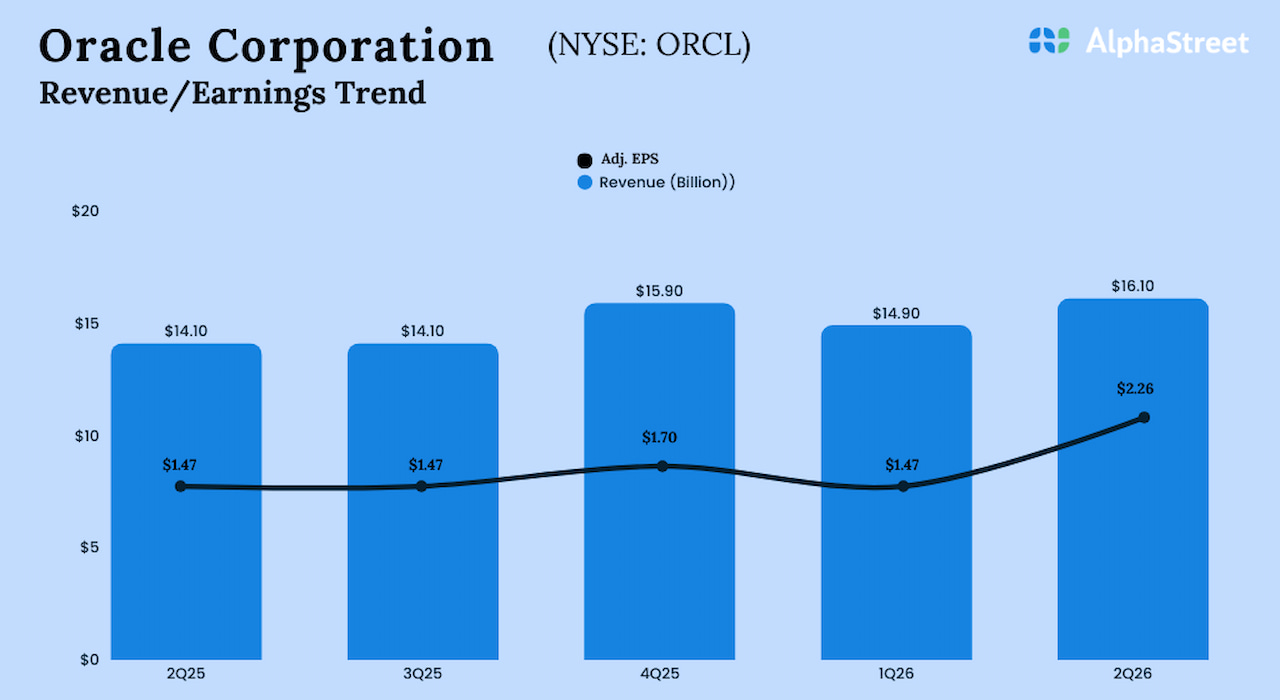Building a product startup can feel like a never-ending sprint. You launch, you iterate, you push new features, yet growth continues to feel like a treadmill rather than the much-anticipated hockey-stick curve.
Many founders experience this because they’re chasing a product-market fit (PMF) that doesn’t really exist. They fall into the trap of thinking PMF is a sudden spike in sign-ups, user testimonials and investors at their door. Sold on this “aha” moment, founders chase the wrong signals, make premature scaling decisions and waste cash on growth tactics that never lead to lasting success.
In truth, PMF is neither a feeling nor a final stop, but rather a measurable, ongoing process. Early users rarely represent the broader market, and vanity metrics can falsely boost confidence without reflecting sustainable value.
This article examines common myths that stall progress and offers practical ways to distinguish false positives from real traction. You’ll learn how to tell early positive feedback from genuine demand, ways to measure retention and indispensability, and why scaling prematurely is often fatal.
#mc_embed_signup{background:#fff; false;clear:left; font:14px Helvetica,Arial,sans-serif; width: 600px;}
/* Add your own Mailchimp form style overrides in your site stylesheet or in this style block.
We recommend moving this block and the preceding CSS link to the HEAD of your HTML file. */
Sign Up for The Start Newsletter
(function($) {window.fnames = new Array(); window.ftypes = new Array();fnames[0]=’EMAIL’;ftypes[0]=’email’;fnames[1]=’FNAME’;ftypes[1]=’text’;fnames[2]=’LNAME’;ftypes[2]=’text’;fnames[3]=’ADDRESS’;ftypes[3]=’address’;fnames[4]=’PHONE’;ftypes[4]=’phone’;fnames[5]=’MMERGE5′;ftypes[5]=’text’;}(jQuery));var $mcj = jQuery.noConflict(true);
Why the startup world gets PMF backwards
Before diving into solutions, we need to understand why so many founders get PMF wrong in the first place. The root of the issue lies in a fundamental problem with how the startup ecosystem discusses growth.
Over the last decade, there’s been an explosion of startup “advisors” who’ve never actually built businesses themselves, and accelerators that have muddied the waters around what PMF truly means. Many accelerators require PMF to apply, yet they contradict themselves by equating PMF with early traction metrics (e.g., testimonials, download numbers, growing user counts) instead of focusing on sustainable, repeatable demand.
This creates a dangerous feedback loop. Founders think, “These experts know all about startup growth. So, if they suggest that achieving PMF means focusing on early adopter numbers and customer feedback, then that must be the right path forward.”
However, the truth is that true PMF isn’t easy traction that just boosts your confidence, it’s the phase where you can be confident in consistent, scalable growth. A product with true PMF is one that people can discover, use and recommend on their own, without needing your constant intervention or persuasion.
This misunderstanding has created myths that trap founders in endless cycles of false progress. The myths feel right as they provide the dopamine rush of perceived success, but they quietly undermine the foundation. Let’s discuss some of these common misconceptions.
Where Customers Are Really Coming From in 2025: New Data, New Channels
Myth 1: Early adopters equal market validation
The dangerous comfort of early applause
Your first users will likely love what you’re building. They’ll share positive feedback and make you feel like you’ve cracked the code. This feels incredible, particularly after months of grinding in uncertainty.
However, let’s be honest, your early adopters are often friends, family or people who simply love trying new things. These enthusiasts for innovation tolerate bugs and rough edges because they get excited about potential more than polish. Their praise might stroke your ego and land you a place in an accelerator, but it won’t predict long-term growth.
Early adopters comprise just 2.5 percent of any market, and they are fundamentally different from pragmatists, who are crucial for sustainable growth. Geoffrey Moore’s technology adoption lifecycle illustrates that the real challenge is “crossing the chasm,” which involves moving from innovators to the early majority. That leap demands proof points that differ from mere enthusiastic testimonials.
Focus on behavior, not words
Instead of celebrating the excitement of early adopters, focus on tracking actions:
Can you acquire customers without personal selling?
If every customer requires extensive handholding, your product hasn’t yet achieved widespread appeal. Real PMF means the value is self-evident.
Do customers complete onboarding without guidance?
Self-service adoption indicates that your product’s value is apparent to typical users, not just innovators willing to explore things on their own.
Are referrals coming from pragmatist users, not just enthusiasts?
Pay attention to the origins of referrals, as recommendations from mainstream users are more impactful than those from early adopters who tend to refer every new tool they experiment with.
Do early signals get mistaken for final proof?
Initial sign-ups or pilot conversions might seem like a conclusion, but they’re only early indicators that capture a moment in time, not a sustained trend. Without durability, these signals fade quickly. And this search for a decisive moment leads straight into the next myth: viewing PMF as a binary state.
Verizon Small Business Digital Ready
Find free courses, mentorship, networking and grants created just for small businesses.
Can Startups Be Built on Vibes? The Hype of ‘Vibe Coding.’
Myth 2: PMF is binary, you either have it or don’t
Many founders treat PMF as merely a box to tick before moving on. But PMF isn’t a permanent achievement. Markets change, competitors innovate and customer behavior evolves. What works today might not fit tomorrow if there’s no constant adaptation. That’s why viewing PMF as a binary state, as if it’s something you either have or don’t, becomes a trap.
What’s the alternative?
Instead of binary thinking, assessing PMF on a spectrum is more beneficial. One useful framework scores PMF by stage:
0–30: Discovery phase (scoping pain points, validating assumptions, and finding problem- solution fit)
30–50: Validation phase (early market signals, tests and pilots)
50–70: Efficiency phase (repeatability emerging, better understanding of customer patterns)
70-plus: Scale-ready (fit proven, growth systems being implemented)
This spectrum helps you align decisions with the current reality. A company at 25 shouldn’t act like one at 55. Early-stage scrappiness, mid-stage retention work and scale-stage systemization each demand different strategies. Many founders encounter difficulties when they misjudge their stage or skip ahead prematurely.
Building continuous PMF capabilities
Recognizing PMF as a spectrum is only half the battle. The other half is maintaining it as an ongoing discipline. Even companies that once experienced an explosive fit can lose it if they stop tracking and adapting.
To prevent this kind of drift, you need processes that make PMF checks a regular activity:
Track market evolution: Integrate systematic market scanning and user research into your strategic Customer needs and competitor offerings tend to change faster than you might expect.
Schedule regular PMF audits: Whether monthly or quarterly, review retention, feedback and competitive shifts with your team.
Understanding that PMF exists on a spectrum helps you escape the binary trap. But it also introduces a new temptation: the assumption that if some PMF is good, then more must be better. Founders often believe that chasing bigger numbers, whether in sign-ups or total reach, is the logical next step. In reality, that mindset leads directly into yet another myth.
A Tool to Find the Right Loan or Grant for Your Small Business
Myth 3: More users equal PMF
As user numbers increase, it’s tempting to think you’ve nailed PMF. But growth built on uncertain foundations leads to leaky funnels. New users join but don’t stick, forcing you to spend more on acquisition. This accelerates cash burn without creating lasting value. The mistake is pursuing scale before proving staying power.
The essence of achieving a strong product-market fit lies in ensuring depth before expanding breadth. A product that 100 people use every week and simply cannot live without is far more robust than one that has 10,000 superficial sign-ups. Reaching this level of engagement requires a clear understanding of exactly who you are building for.
The minimum viable audience (MVA) strategy
Before building a minimum viable product, define your minimum viable audience. This is the smallest group with a distinct problem that you can solve better than anyone else, and who are willing to pay for your solution.
A simple value proposition framework helps sharpen the focus:
For [specific target customer], who is dissatisfied with [current alternative], our solution is a Maximize Your Marketing that provides [key benefit]. Unlike [competitors], we [your USP].
Bad example: “A social media app for ”
Good example: “For indie game developers who are dissatisfied with generic project management tools, our product is a collaborative workspace that provides game-specific workflow management. Unlike Trello, Jira or Notion kanbans, we understand game development cycles and provide built-in playtesting coordination.”
This degree of specificity drives better messaging, focuses feature development and clarifies success metrics.
The retention-first growth model
Once you’ve determined your MVA, the real test is proving they stay engaged. That’s why it’s essential to invert the traditional funnel: instead of acquisition -> retention -> monetization, consider prioritizing retention -> acquisition -> monetization. Without retention, acquisition is just expensive churn.
A solid benchmark is if 20 to 30 percent of your users remain active after 30 days, you’re laying a building foundation.
Validation steps:
Identify 10 to 50 people who precisely match your
Get them using the product intensively and monitor retention More than 30 percent retention at 30 days indicates a promising signal.
Expand only after confirming this level of
Scaling is a reward for achieving PMF, not the proof of it. Which brings us to the final question: how do you measure fit in a way that distinguishes genuine traction from temporary excitement?
How to measure PMF beyond customer quotes
Beyond retention and staged scoring, several frameworks can help cut through the noise:
North Star metric (NSM): Identify the key metric that best represents the core value your product delivers to customers. For example, for Airbnb it was nights booked, for Slack it was weekly messages sent per This metric should not only link to retention and revenue but also go beyond short-term usage.
Engagement depth: Do users explore multiple features? Do they integrate the product into their workflows? Shallow use on a large scale is fragile, whereas deep use by a smaller base tends to be more robust.
Expansion and organic growth signals: PMF becomes more evident when customers themselves drive growth. Look for signals like revenue (upgrades, add-ons, higher seat counts) and organic adoption (new teams or departments signing up without direct sales intervention). Such signals indicate momentum that doesn’t depend on external pushes.
Concentration of value: If most revenue is concentrated in one narrow segment, it’s a sign you haven’t yet crossed into the broader market. A wider, more natural spread suggests a stronger product-market fit.
The key is to select the few metrics that best represent value in your specific context and track them relentlessly. Vanity metrics like downloads or sign-ups will never truly reveal PMF.
Campaigner Marketing
Drive higher ROI, grow your audience and build more loyal customers with Campaigner’s advanced email marketing features.

Final thoughts
Product-market fit is a capability that you develop through disciplined practice. The most resilient companies design systems to measure retention, double down on providing indispensable value, and stay clear of the seduction of premature scaling.
Each myth points to the same trap: chasing shortcuts. Whether it’s applause from enthusiasts, the comfort of binary thinking, or the vanity involved in sheer user numbers, the result is fragile progress.
Lasting traction comes from adopting a different mindset: focus on the customers who can’t live without your product, validate value through behavior, not words, and continually test whether your product-market fit holds as markets change.
If there’s one takeaway, it’s this: treat PMF as an ongoing practice. Build the muscle to measure it, stress-test it and adapt along the way. Founders who master this skill not only achieve PMF but also maintain it long enough to cross the chasm, scale with confidence and build businesses that last.
Image by fabrikasimf on Freepik
The post What Founders Get Wrong about Product-Market Fit appeared first on StartupNation.























